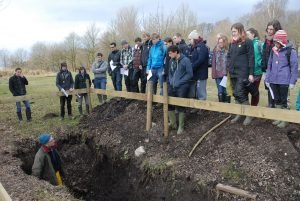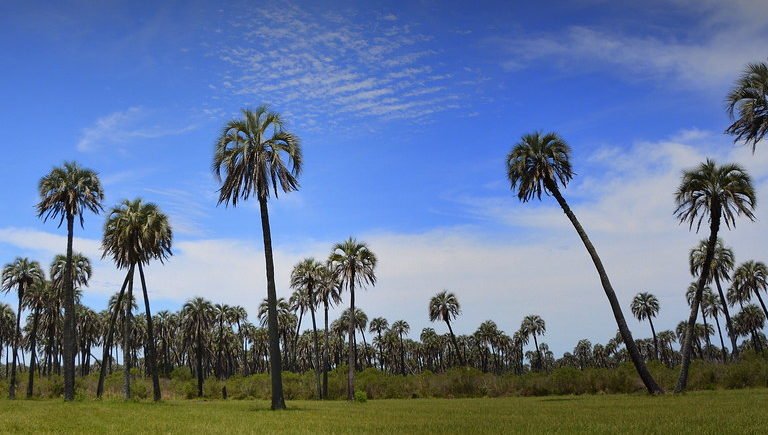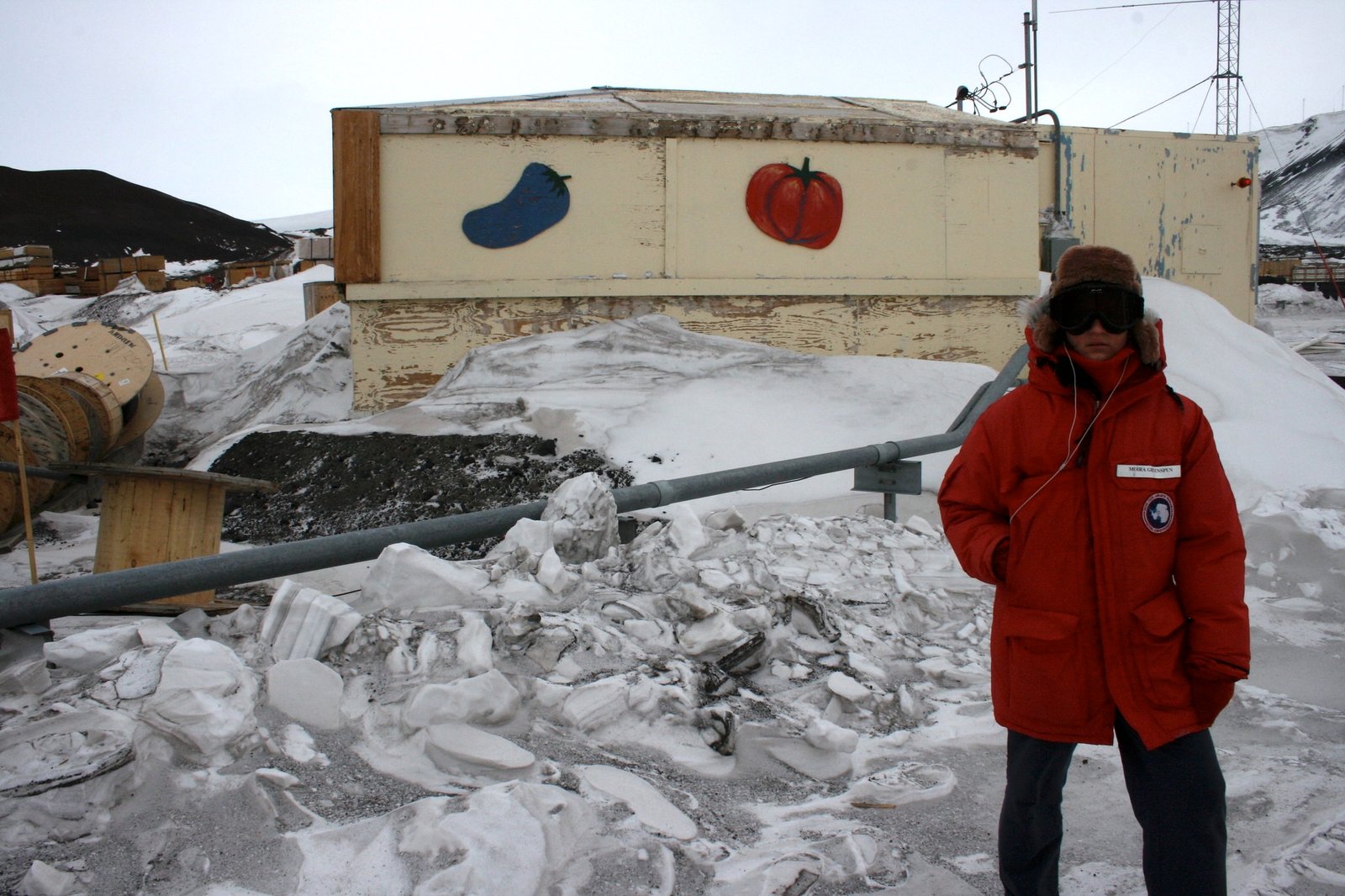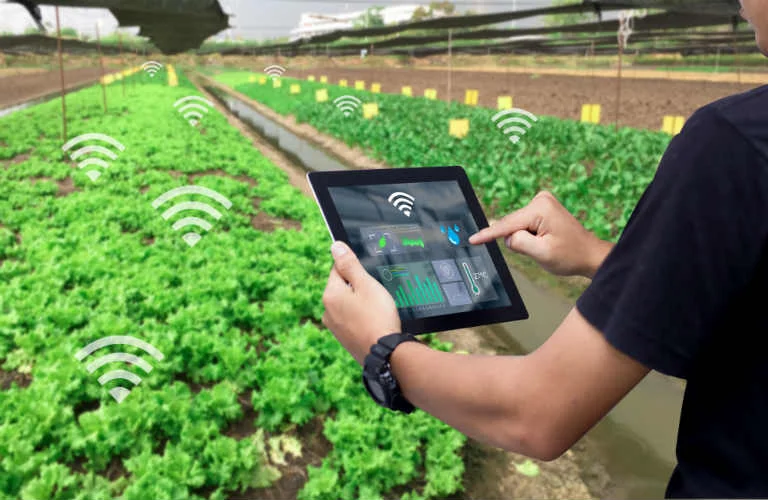The general public thinks sending off your kid to college is a good thing — that’s where those youngsters are going to receive the best education and better their opportunities in life, right? Yet, college may have moved away from the realm of academia and into the realm of athletics, capitalizing on a very lucrative market, potentially to the detriment of degree paths such as agriculture.
Don’t get me wrong, I can definitely be found in a college football stadium from time to time, but that doesn’t mean I haven’t begun to recognize the apparent problems when it comes to college athletic programs.
In the field of agriculture, I am more concerned about the future generations of scientists we are developing, and there is a significant lack of funding being devoted to student education and university research endeavors. For example., in fiscal year 2021 the University of Florida spent a record of $960 million in research projects, which seems much greater than the $123 million that was spent on athletics, until you learn that over 60 percent of research and development funding came from federal, state, and local government funding opportunities.
In addition, this funding is spread across thousands of various research projects, compared to just 21 sport teams. This funding stream has increased exponentially and become quite lucrative. UF, for example, earned $96.8 million in athletic revenue just 10 years ago; now the school rakes in over $175 million (fiscal year 2019-20) — and this is one university that, because of its status as elite athletics in the “power” sports of football and basketball, uses little to no university funding. However, other schools without the endorsements of big athletic donors, media income, and conference distributions are huge financial drains on their institutions.
Elsewhere, Ohio State University athletics costs the school over $63 million dollars in fiscal year 20-21. In fact, athletic programs across 105 public colleges in the Football Bowl Subdivision drained over $375 million in funding to operate their athletic programs, with over 50 percent of programs costing the university money instead of earning it. Now it’s not always like this, of course — the income streams wax and wane, but typically in any given year somewhere around 50 percent of these schools are losing money to their athletic programs, while some are raking in the funding due to their athletics.

Herein lies a problem, however: Public academic institutions are very good at keeping their athletic funding streams separate from their academic funding streams, so when Mississippi State brought in over $20 million last year in athletic funding, it doesn’t go to support the rest of the university, it goes to support the growth of the athletic department.
Why does this matter? Maybe you’re not in college, not a student athlete, it really shouldn’t matter, right? But it shows the priorities of the American public and our education systems.
The largest operating expenses last year for athletic programs came from Ohio State and the University of Alabama, spending over $170 million on various athletic-related expenses. What could that $170 million do for research on food science, public health, or other important topics? What could the land devoted to stadiums, practice facilities, parking lots, and other athletic uses be used for when it comes to crop science, research facilities, or generally more useful buildings? What exactly does the continued increase in athletic dominance of universities do to support what should be the main mission of colleges: education?
There is little, if any, evidence that prominence in athletics attracts higher quality students, more applicants, or any educational funding benefit as donors of high profile universities generally earmark their money for athletic spending. The shift from focus on academics to athletics is apparent over the country. The University of Florida recently removed long standing citrus research acreage in favor of new softball fields, and other universities are doing the same. Moving research to off-campus research centers and focusing the main campus ground on athletic uses goes against what I believe the mission of public institutions should be.
Let’s get back to the science. In today’s world we need significantly more investment in the improvement of our food systems, environmental sciences, and technology departments in order to spur a revolution of change across the globe. It is up to us as consumers to think about the way we vote and consume products as this demonstrates where our priorities lie.
Michelle Miller, the Farm Babe, is a farmer, public speaker, and writer who has worked for years with row crops, beef cattle, and sheep. She believes education is key in bridging the gap between farmers and consumers.
(function(d, s, id) {
var js, fjs = d.getElementsByTagName(s)[0];
if (d.getElementById(id)) return;
js = d.createElement(s); js.id = id;
js.src = “//connect.facebook.net/en_US/sdk.js#xfbml=1&version=v2.8&appId=320025038337187”;
fjs.parentNode.insertBefore(js, fjs);
}(document, ‘script’, ‘facebook-jssdk’));
Source link












